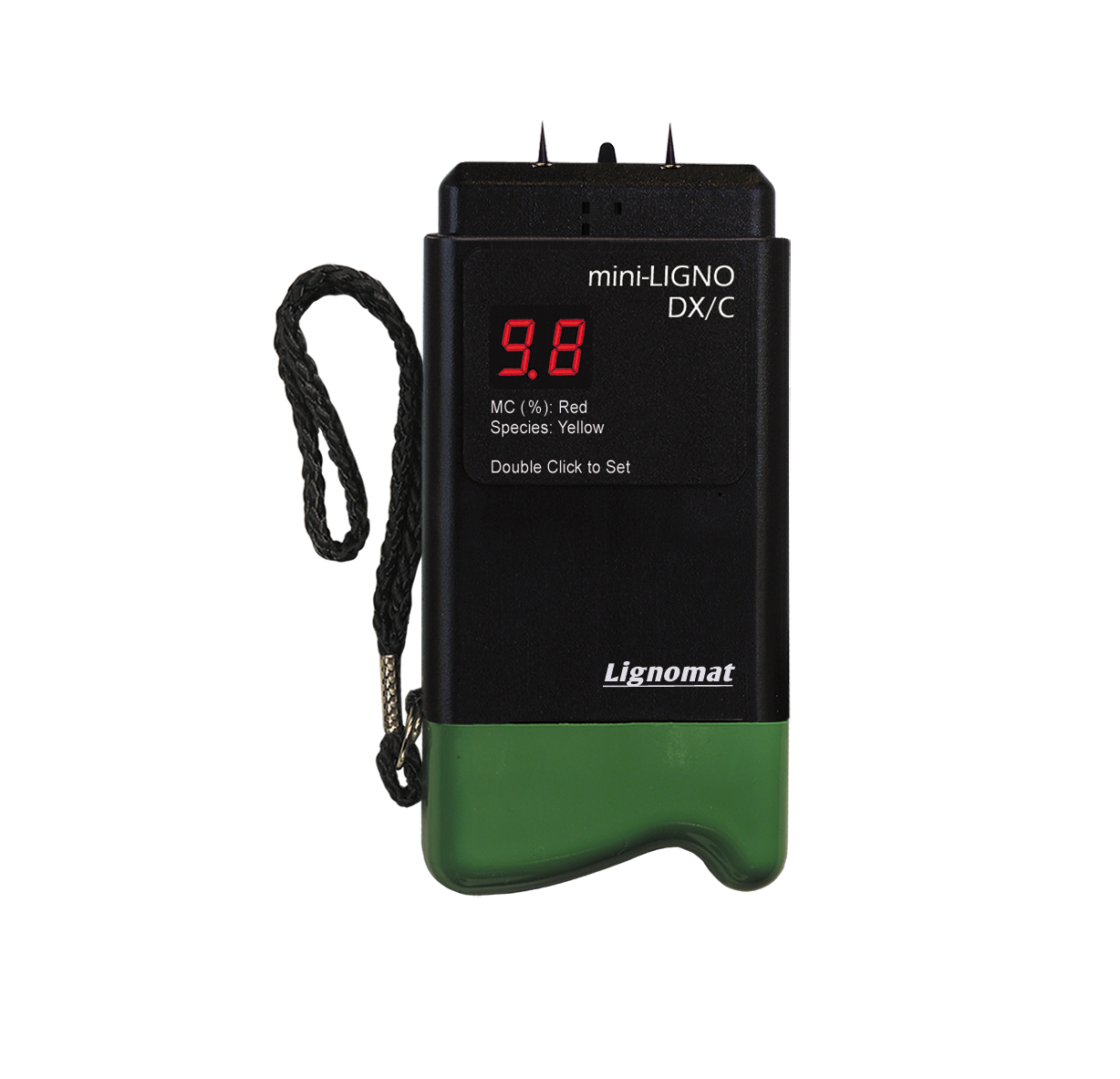I just bought the rough sawn maple to make 18” X 48” glass doors.
The wood is kiln dried and the lumber yard stores it kind of inside in that it’s on racks inside a building, but the building isn’t heated or cooled and they usually leave the overhead doors wide open during business hours.
My shop is kept at 50% humidity.
Any thoughts?
The wood is kiln dried and the lumber yard stores it kind of inside in that it’s on racks inside a building, but the building isn’t heated or cooled and they usually leave the overhead doors wide open during business hours.
My shop is kept at 50% humidity.
Any thoughts?





